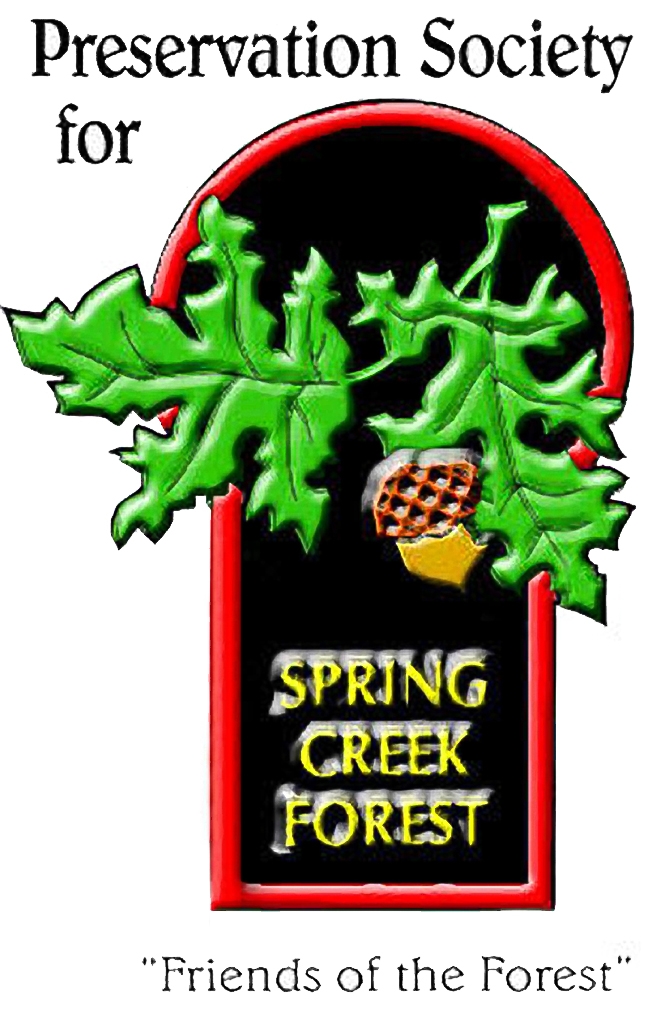Mammals prefer to stay hidden
Spring Creek Forest Preserve is a unique riparian ecosystem and has a broad range of habitats that support, shelter, and feed its native inhabitants. This results in a well-adapted, biodiverse community of flora and fauna within its urban surroundings.
The mammals in the Preserve are secretive, largely nocturnal, and eager to stay hidden from the public. As you walk through the forest you might see holes dug under remnants of trees. These burrows are often homes to Armadillo, Raccoon, Skunk, Opossum, and rodents. Dens can also be in tree hollows or cavities. Dens, along with burrows, provide safe shelter for rearing young.
If you discover what looks like a burrow or den, Do Not disturb it! According to Texas Parks and Wildlife, “An ecosystem is like a spider web. It is held together by all the plants, animals, air, and nutrients, each being a thread in the web. With each thread that is removed, many other threads are weakened until the entire web collapses.”
All information below is based on fortuitous observation. A scientific survey of Preserve mammals has not been done as of 2023. In addition to the mammals pictured, the Preserve probably has an array of small rodents, mice, rats, and voles; several species of rabbits; even a fox or two, plus others.
A Few of our Preserve Mammals
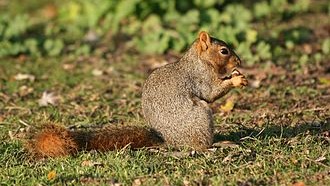
The Fox Squirrel, Sciurus niger, is possibly the only mammal you will see or hear on your visit to the Preserve is the Fox Squirrel, because they are diurnal (active chiefly in the daytime). Their nests are in the tops of trees in what looks like a ball of leaves. They are seen in the forest habitat running and jumping from tree to tree and eating acorns on the ground.
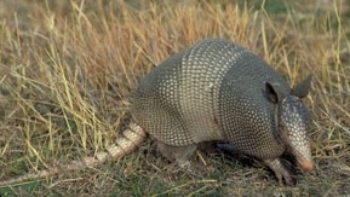
The Nine-banded Armadillo, Dasypus novemcinctus, is cat-sized and its bony, tough shell protects it from predator attacks. They are prolific diggers of burrows. Many other wildlife species use abandoned armadillo burrows. They eat grubs, other insects and occasionally berries and bird eggs. Because it digs in lawns to find grubs, homeowners often think it is a pest. Homeowners forget that grubs do more damage to lawn roots than the armadillo.
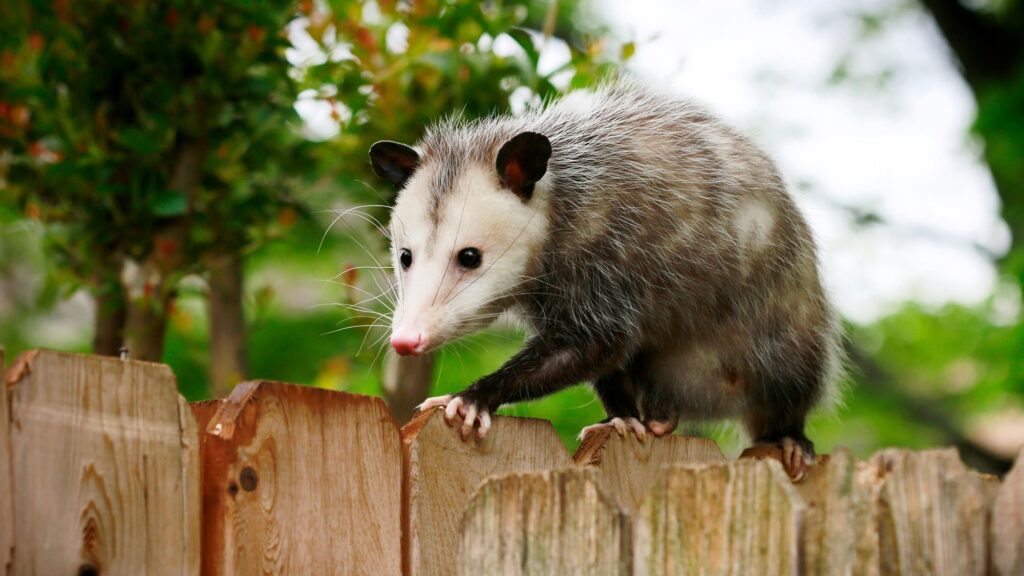
Opossums, Didelphis virginiana, are cat-sized mammals with a pointed snout, grayish fur, small ears, and a long, scaly tail. It can use its tail to hang from tree branches, and it has paws with opposable “thumbs.” It is most active at night, although it can be spotted at dawn and dusk. It is a solitary animal that will eat both plants and animals, including rodents, birds, insects, frogs, berries, and vegetables.
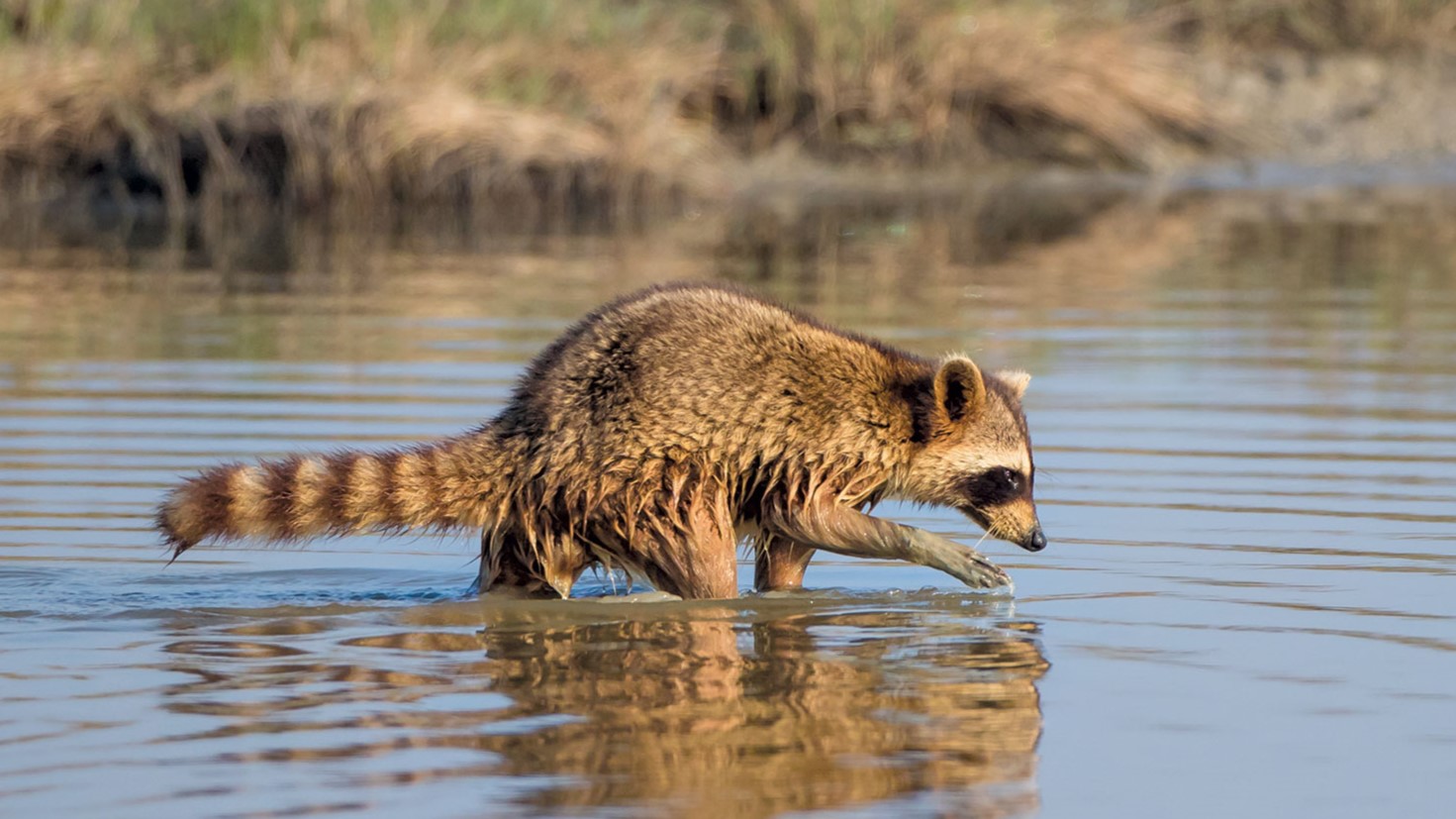
Raccoon, Procyon lotor, is also about the size of a large cat. They are nocturnal but can be seen at dawn and dusk. Each hand and foot has five dexterous fingers or toes. They have dark black mask-like fur around their eyes, and black bands on their tail. They are curious, intelligent, have excellent night vision, and acute hearing. They are agile climbers. Their diet includes fruits and nuts, insects, fish, frogs, bird eggs, and carrion.
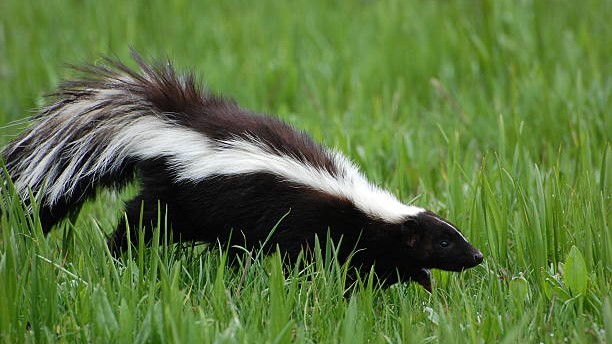
Striped Skunk, Mephitis mephitis, is cat-sized with two white stripes that extend down both sides of its back and bushy tail. It has two large scent glands near the base of the tail that produce the skunk’s notorious, pungent odor. They are largely nocturnal. Skunks are social animals; several individuals might occupy a winter den together. The bulk of their diet is insects, but they also eat reptiles, small mammals, birds, and vegetation.
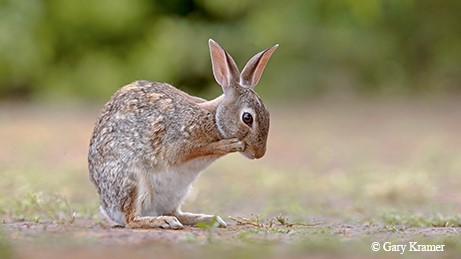
Eastern Cottontail Rabbits, Sylvilagus floridanus, are active at dawn and dusk at the edges of underbrush of forests. Their shelter, called a form, is a shallow depression scraped from the ground. Rabbits are the prey species for many animals, including raccoons, skunks, opossum, coyotes, and bobcats. To protect themselves from predators, they rely either on camouflage or on their speed and erratic zigzag running patterns.
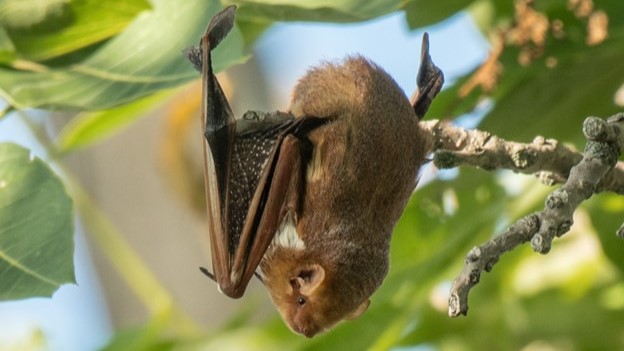
Bats: Several species of bats reside in the Preserve, including the Eastern Red Bat, Lasiurus borealis. With wings folded, one can fit in the palm of your hand. They are nocturnal, roosting among clumps of leaves or branches during the day. At night they feed on insects such as moths and beetles. Bats are the only flying mammal in the world, and bats are very beneficial in that they can eat over 500 flying insects per hour all night.
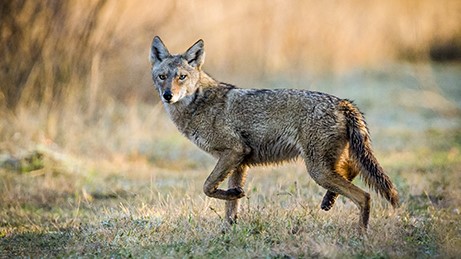
Coyotes, Canis latrans, are active at dawn and dusk. They have adapted to be active at night to avoid humans, but don’t be alarmed if you see one during the day. Sometimes coyotes steal other animals’ burrows, however they are just as apt to sleep out in the open or under the cover of the tree canopy. Usually, they only use dens for raising pups. They eat just about anything – rabbits, fish, frogs, insects, snakes, carrion, fruit, and grass.
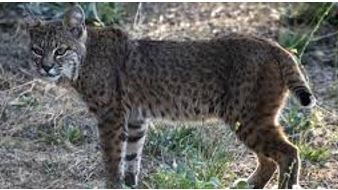
Bobcat, Lynx rufus, are medium sized felines that are nocturnal. They usually sleep throughout the day in their dens, then hunt rabbits, squirrels, Cotton rats and other rodents at night. Although nocturnal, they have been observed walking their territory during the day.
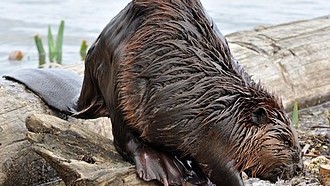
Beavers, Castor canadensis, have hand-like front feet, webbed back feet, and the tails are flat and tough. They live in freshwater habitats, such as streams and ponds. They are herbivorous, eating tree bark, aquatic plants, grasses, and sedges. They build dams, chewing down trees for building material, but the dams create wetlands used by many other species. Because it benefits the ecosystem, beavers are a keystone species.
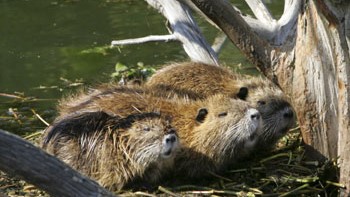
The Nutria, Myocastor copyus, is a medium-sized rodent. It looks like a beaver except the tail looks more like a rat’s tail. Its hind feet are webbed. Nutria are found in marshes, ponds, and lakes. They are considered pests because their burrowing causes extensive erosion damage to the creek or lake bank. Also, Nutria eat aquatic vegetation. This can kill off aquatic vegetation, causing more erosion and loss of habitat for other species.
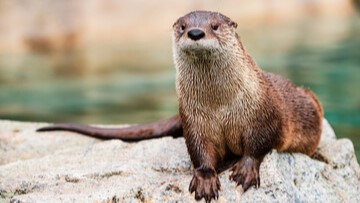
River Otter, Lutra canadensis, is a long, slender “weasel” with glossy, brown fur. It has webbed feet and a streamlined body adapted for life in the water. They are superb swimmers and can dive underwater for several minutes. Although they prefer the water, they can travel long distances on land from one body of water to another. River Otters seem to be very playful animals, but please do not intrude. Watch them from afar.
ANIMALS NOT IN THE PRESERVE
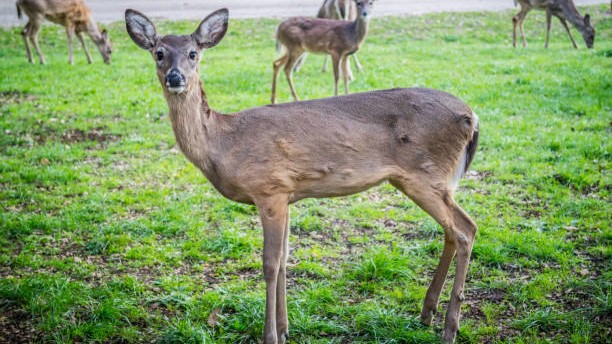
Deer
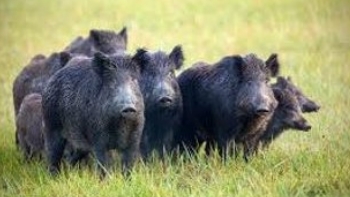
Feral Hogs
- Deer have not been seen in the Preserve since it started becoming surrounded by suburban life.
- As of 2023, Feral Hogs have not found their way to the Preserve and we hope they stay away. Each individual of this invasive species can grow to over 200 pounds. They roam in herds called “sounders” and cause massive damage to the ecosystem.
NOTE –RABIES is transmitted via saliva; so to become infected one would have to be bitten by a rabies-infected animal such as a Raccoon, Skunk, Coyote or Bat (small chance for Bobcats). Keep alert and keep your distance from any wild animal. Do not touch bats on the ground nor approach a wild animal.
